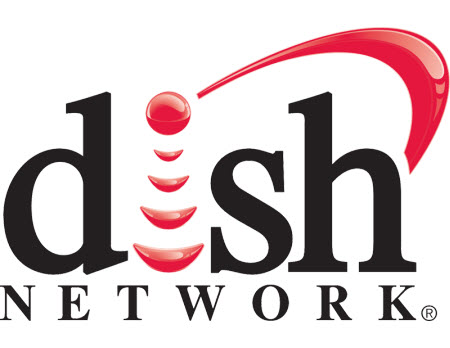For Dish, Slinging OTT Might Pay Off

As the pay TV industry as a whole continues to weather the cord-cutting threat to its business, Dish Network could be readying what some analysts have been calling for all along — the eventual shift of its traditional satellite-TV customers to cheaper and more easily managed over-the-top offerings.
Dish had its fourth consecutive quarter of net subscriber losses in Q1, shedding about 23,000 total customers.
But because Dish lumps its Sling TV over-the-top service results in with satellite figures, the losses on the traditional side were much heavier. Depending on the analyst, those losses were between 158,000 and 165,000 in the first quarter.
Even at the smaller number, it would be the worst first quarter ever for Dish on the subscriber front — on the heels of its worst third quarter ever and its worst Q4 since 2010.
BLEEDING OR SHIFTING?
The losses could be intentional, according to Morgan Stanley media analyst Ben Swinburne. In a recent research report, he noted that the company could be slowly migrating its traditional base of direct broadcast satellite subscribers to its potentially more profitable Sling TV over-the-top platform.
Moving traditional subscribers to a new platform isn’t unprecedented: AT&T seems to be shifting its U-verse TV telco subscribers to its DirecTV satellite platform, and even Verizon Communications has hinted that its go90 mobile platform, rather than Fios TV, is the future.
The smarter way to stay on top of the multichannel video marketplace. Sign up below.
Such a move would not be without risk, though. A shift from satellite to Sling TV would help lower costs and would appear to target higher-end customers, but Sling TV has a significantly higher churn rate than Dish Network.
In a note to clients, Swinburne estimated that subscriber-acquisition costs (SAC), or the amount of money Dish invests to attract a customer, is expected to fall from $875 per gross satellite customer addition in 2015 to about $840 per customer this year, in part because of lower advertising costs.
But the larger and more sustainable reason, Swinburne said, is a dramatic shift in capitalized SAC — mainly equipment costs — to $125 per gross satellite addition in the first quarter, mainly from recycling returned set-top boxes instead of buying new ones. It was the lowest level of capitalized SAC Dish has reported since it started leasing boxes to customers in 2009.
In a research note, MoffettNathanson principal and senior analyst Craig Moffett said blended SAC for both services was about $648 in the first quarter, down from $727 in the fourth quarter.
The managed shift to Sling TV also appears to be reducing programming costs. Swinburne estimated that programming costs rose 2% to 3% in the quarter for Dish.
“We also believe Dish will be able to moderate any growth in customer service and retention spend as it shrinks its satellite sub base and pivots towards the lighter-touch Sling business,” Swinburne wrote.
But the churn rate for Sling is nearly three times that for a traditional customer — 4.3% vs. 1.6% for traditional satellite TV.
Gross subscriber additions, an important metric for satellite-TV companies, were about 496,000 in the first quarter (less the Sling TV estimates), Moffett estimated, representing a 10.5% decline year-over-year.
“Either the core business is rapidly losing its appeal to consumers or Dish is actively pushing consumers to its online Sling alternative,” Moffett wrote.
He added that it is unlikely Dish would push its customers to Sling, but if they did, they would have huge hurdles to overcome. While there will be invariable comparisons to Netflix’s transition from mail-order DVDs to streaming media, there are two key differences: Dish’s business is much larger and its fixed-cost infrastructure — the billions of dollars of satellites currently orbiting the Earth — is enormous.
“All that means is that the transition will be much, much harder than Netflix’s,” Moffett wrote.
TOUGH TRANSITION
Swinburne doesn’t think it will be easy, either. Making Sling TV more attractive — Dish said it was trying to entice The Walt Disney Co.’s ESPN to join its recently launched multistream service — would likely result in a price increase to at least $30 per month from its current $20 per month. At that price point, Sling TV and a broadband connection will cost about the same as the traditional triple play, which would make it a harder sell to cost-conscious consumers.
Still, the analyst said that Dish shouldn’t be underestimated.
“Two years ago, Disney-Dish birthed Sling and the product was roundly dismissed by media companies as niche to the consumer and benign to the bundle, but many now are demanding to be distributed on Sling,” Swinburne wrote. “Two years from now, perhaps Dish will be dictating content cost terms on Sling, not the other way around?”
